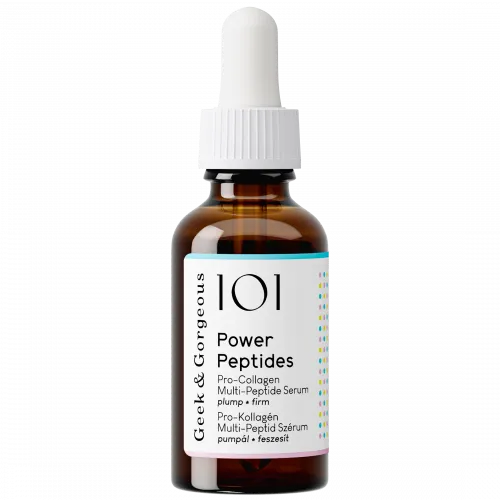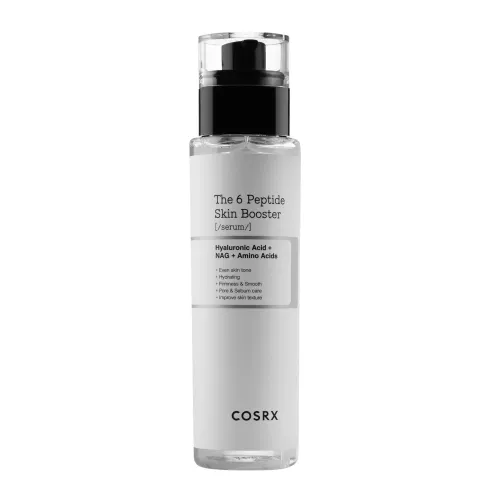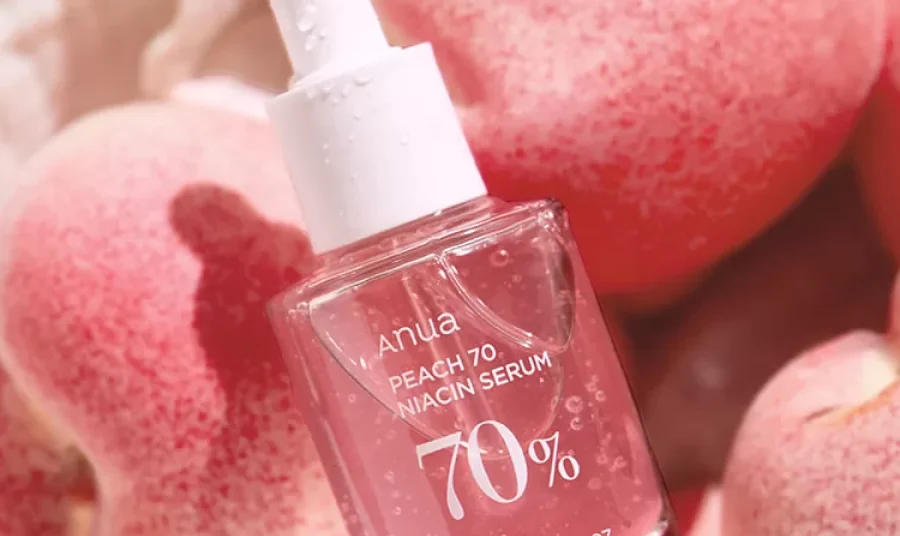What are peptides, why is everyone talking about them, and is there actually something behind the hype?

Peptides: What They Are and Why Your Skin Might Just Love Them
You’ve probably heard the buzz. Peptides are everywhere — in serums, creams, even your favorite influencers’ top shelves. But are they just a beauty trend, or is there real science behind them?
Spoiler: they’re not just hype.
Let’s break down what peptides really are, what they do, and how to make them work for you.
So… what are peptides?
Peptides are short chains of amino acids — the very same building blocks that make up proteins like collagen, elastin, and keratin. These proteins keep your skin firm, smooth, and resilient.
Here’s the catch: after age 25, your body naturally starts producing less collagen (about 1% less every year, to be exact). That’s when fine lines, sagging, and dullness start creeping in.
Peptides step in like messengers — they tell your skin:
“Hey, time to get to work!”
What peptides actually do:
- Stimulate collagen and elastin production
- Strengthen the skin barrier to reduce dryness and sensitivity
- Calm irritation and inflammation
- Improve skin tone and microcirculation
Not all peptides are created equal
There are different types of peptides, and each works a little differently:
- Signal peptides – They give your skin a gentle nudge to produce more collagen and elastin. Think of them as your skin’s personal trainer.
Example: Matrixyl 3000. - Carrier peptides – Help deliver minerals like copper and magnesium deep into your skin.
Example: Copper peptides (GHK-Cu) — great for healing and regeneration. - Neurotransmitter-inhibiting peptides – These work like a chill pill for your facial muscles, helping soften expression lines.
Example: Argireline (acetyl hexapeptide-8), also known as “Botox in a bottle.” - Antimicrobial peptides – Keep harmful bacteria in check and support a balanced skin microbiome.
Example: LL-37, known for its anti-inflammatory benefits.
How to use peptides in your routine
Want real results? Here’s how to make peptides work their magic:
- Choose serums or creams — that’s where peptides are most effective
- Look for airtight, opaque packaging — peptides are sensitive to light and oxygen
- Avoid combining with strong acids like AHAs or vitamin C — they can break peptide bonds
- Pair with hydrating ingredients like hyaluronic acid, ceramides, or niacinamide
- Be consistent — peptides work gently, so results show in 4–8 weeks, with long-term effects after about 6 months
Peptide-packed products to try:



Peptides aren’t just a trend — they’re a solid, science-backed way to support your skin’s natural strength and glow.
If you’re after an effective yet gentle anti-aging approach, peptides might just become your skin’s new best friend.
Use them right, be patient, and your skin will thank you.



Leave a Comment